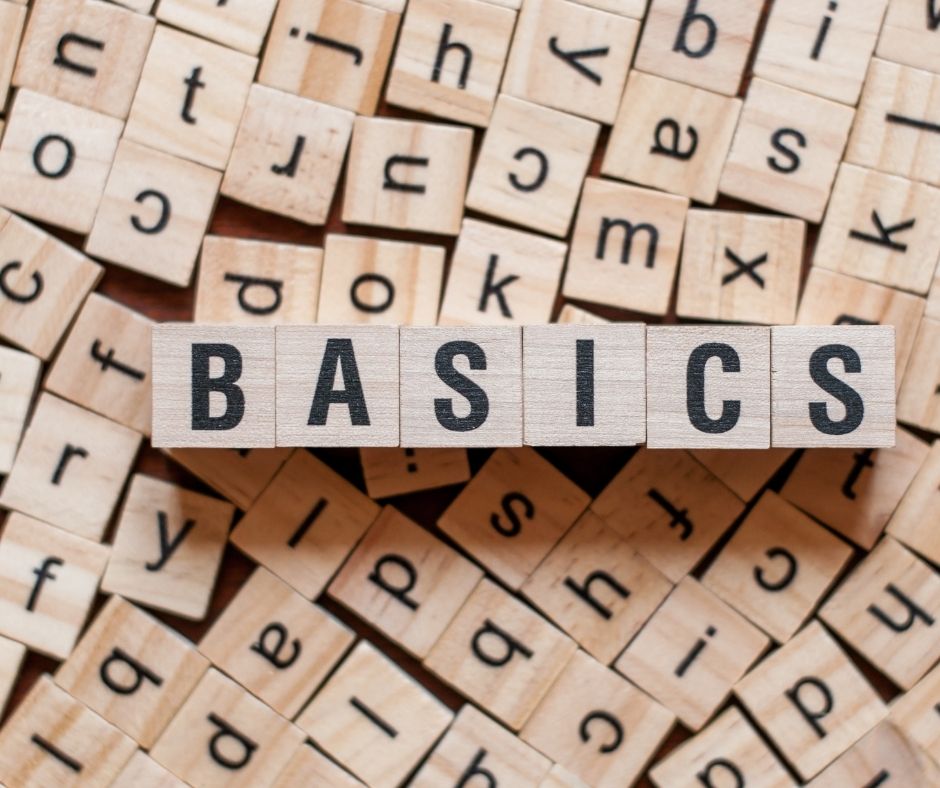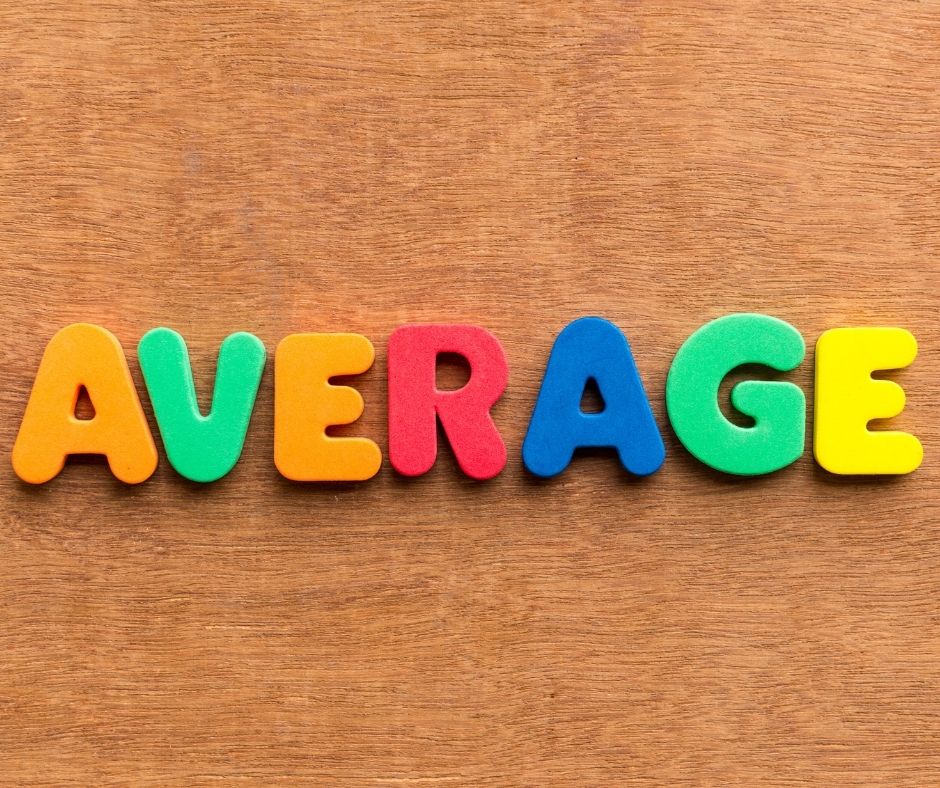whole life insurance basics
When it comes to life insurance, it is vital to understand the different types of policies available and their benefits. Term life insurance provides coverage for a fixed period, whereas permanent life insurance policies provide coverage for your lifetime. Specific permanent plans may also offer additional features like cash-value accumulation that can be used when the policyholder is still alive. Additionally, optional riders, such as accidental death benefits and critical illness clauses, may be added to the policy at an extra cost to broaden the policy's coverage. It's essential to consider these factors and seek advice from an expert before deciding on an appropriate life insurance plan suitable for you.
At its core, life insurance is a contract between a policyholder and an insurance provider. The policyholder (or the person being insured) pays premiums regularly for a set duration of time which can last for several years or even decades. In exchange for one's investments, the insurance provider promises to pay out to one's designated beneficiary if the insured person passes away during the coverage period. This is done so that money can be used to provide financial support in the case of their death, allowing beneficiaries to live comfortably after the loss.



